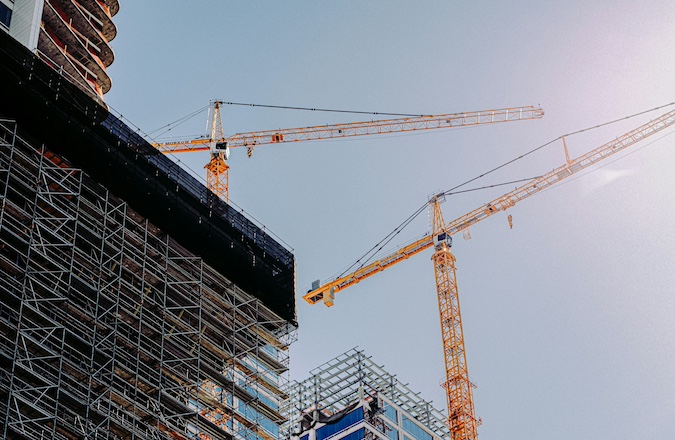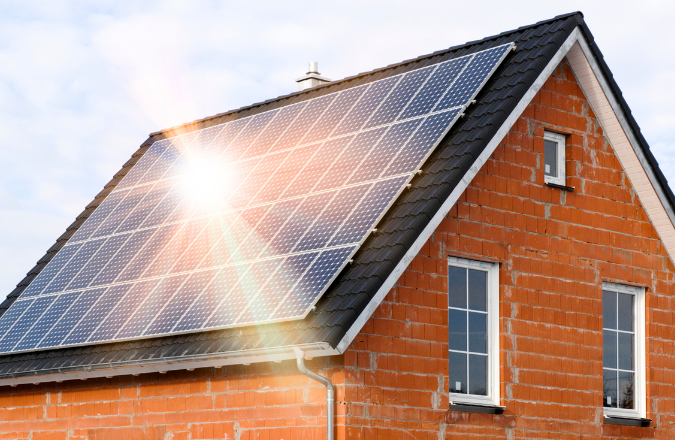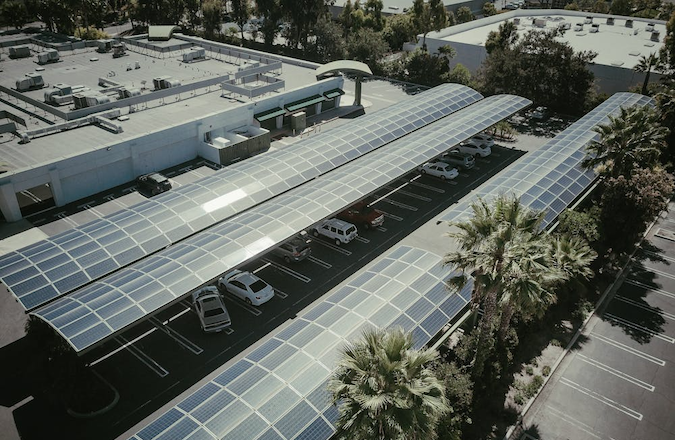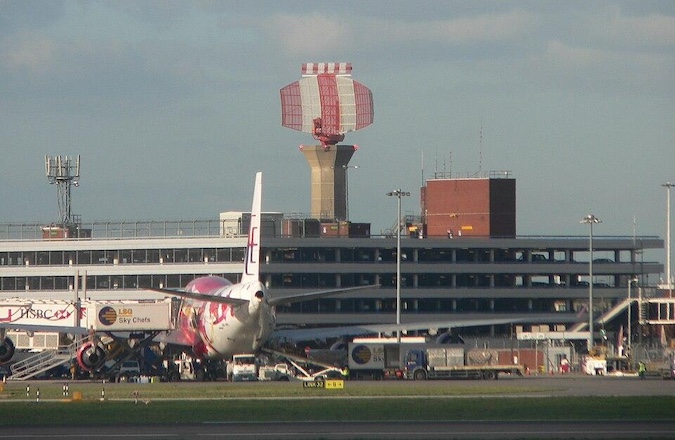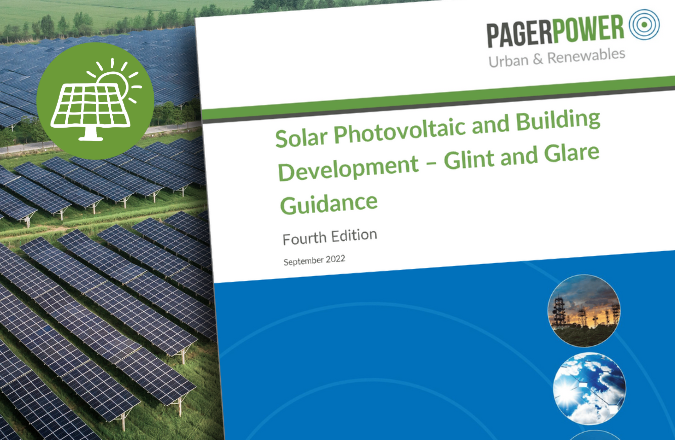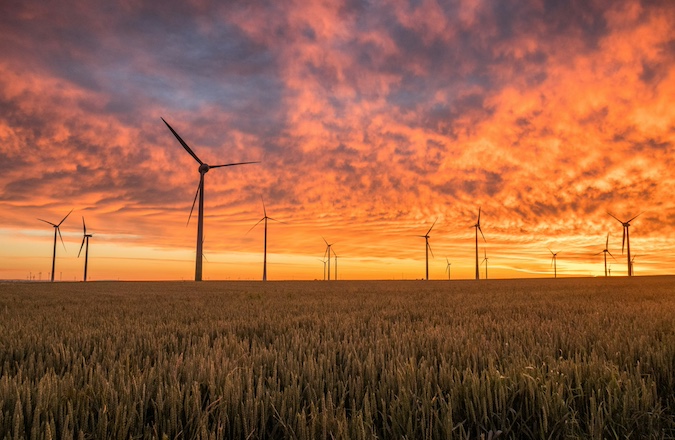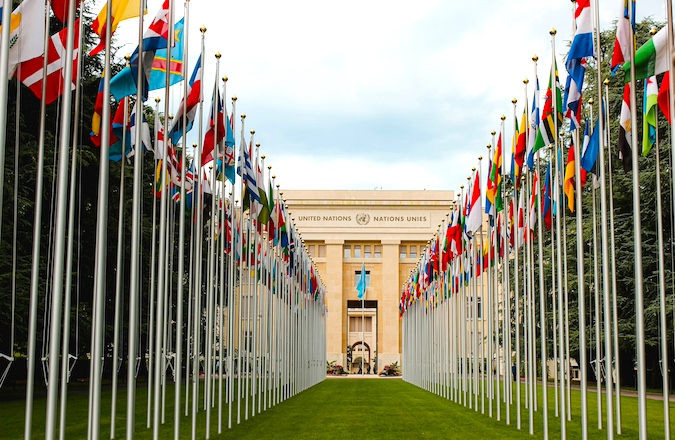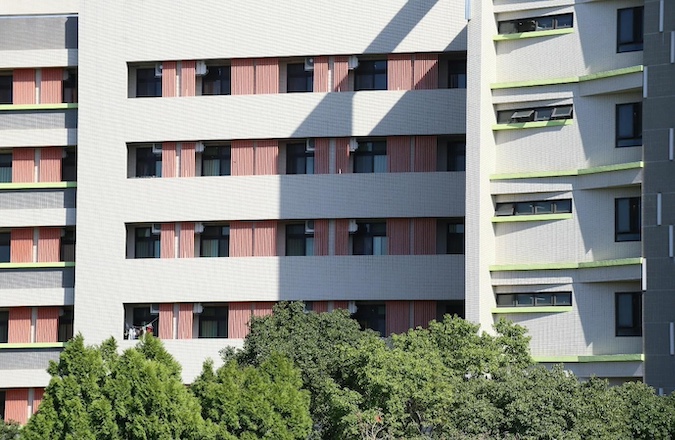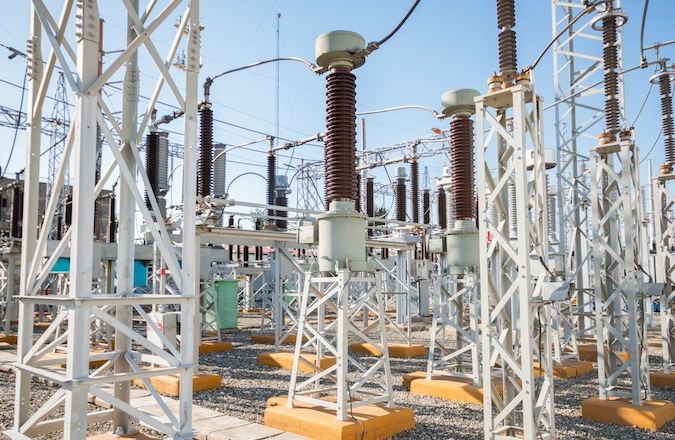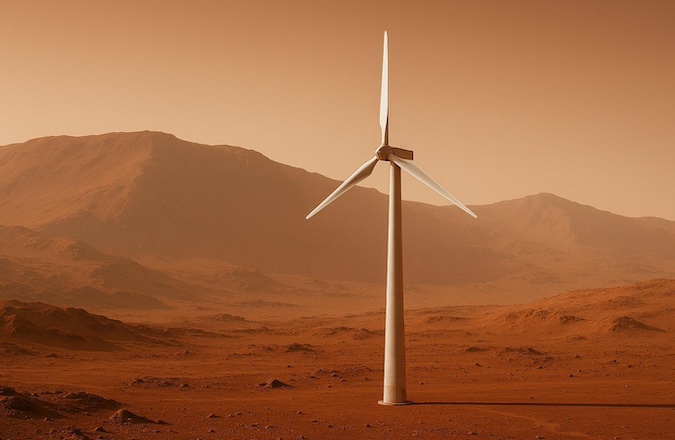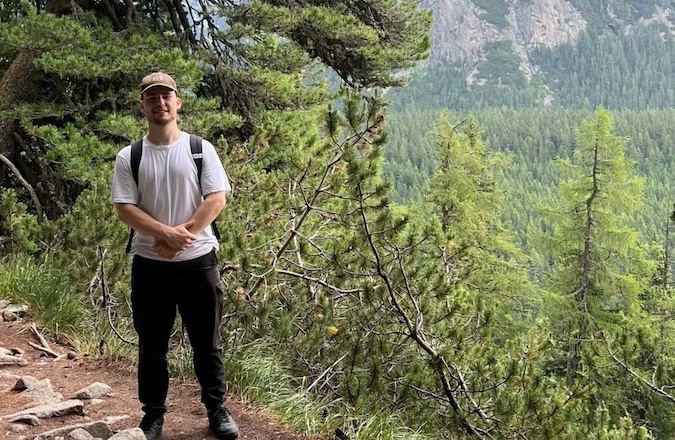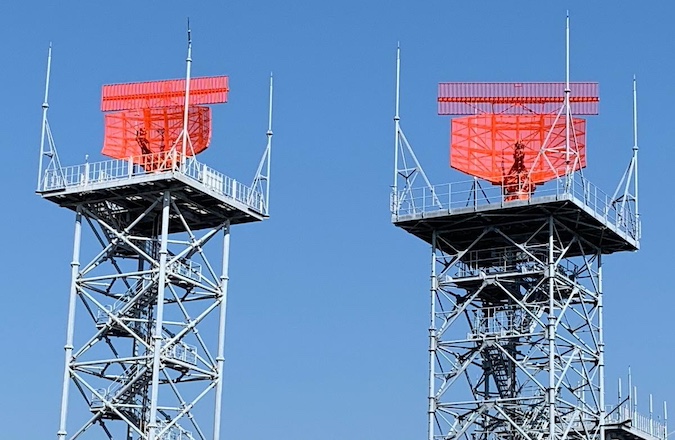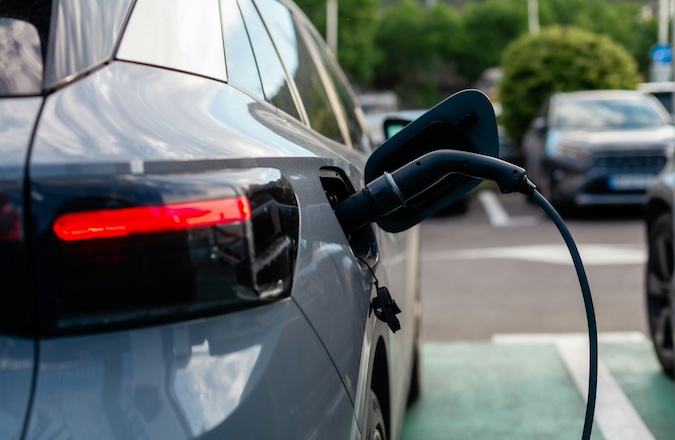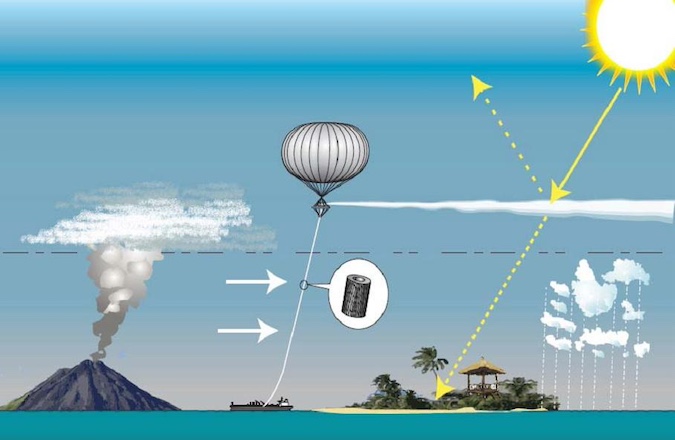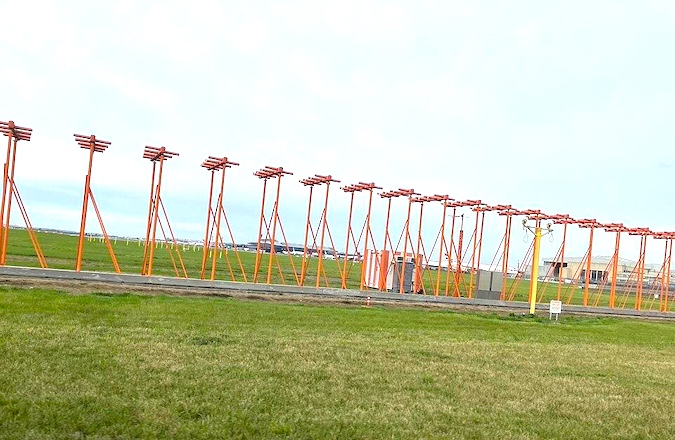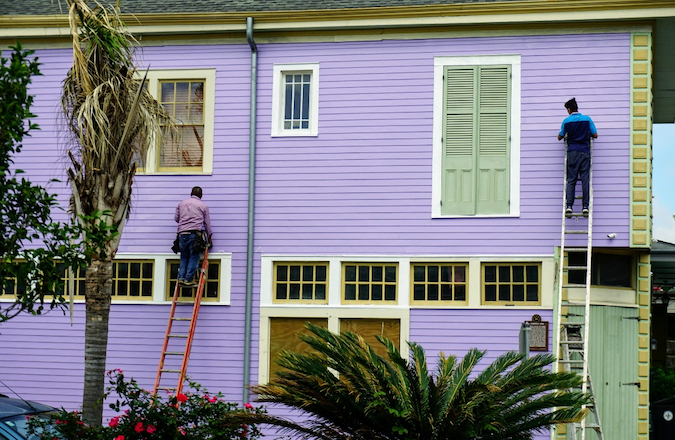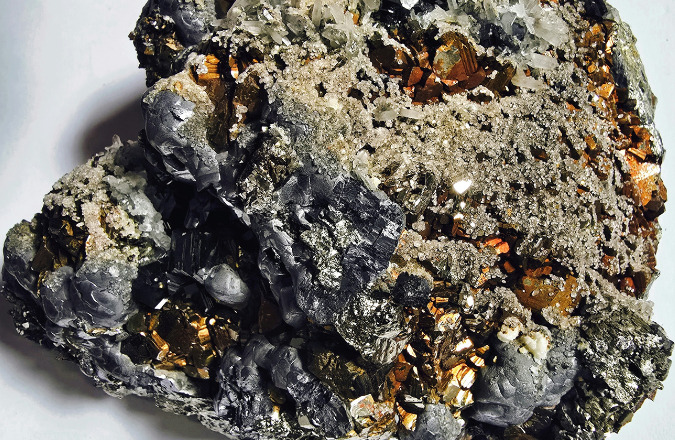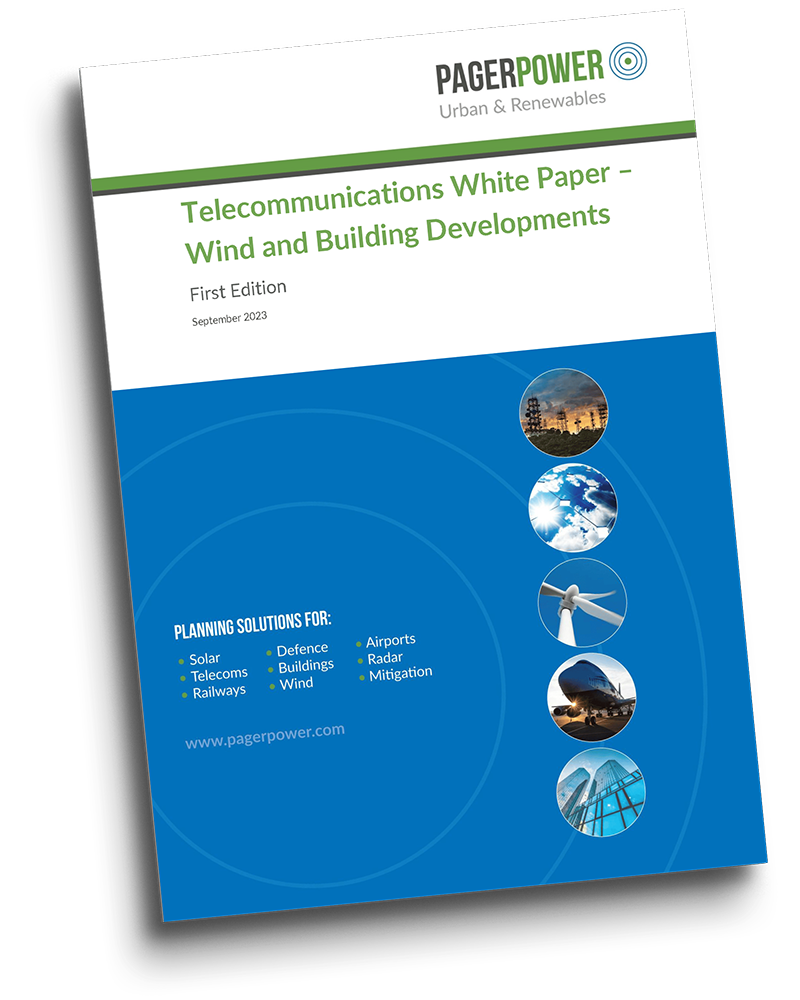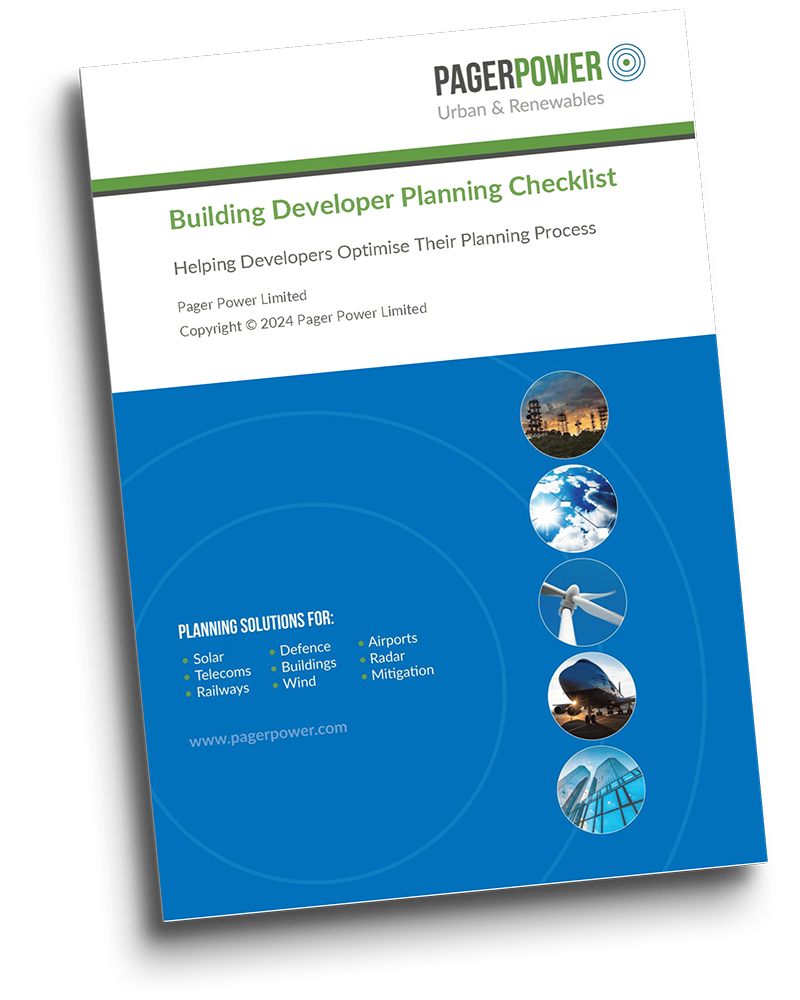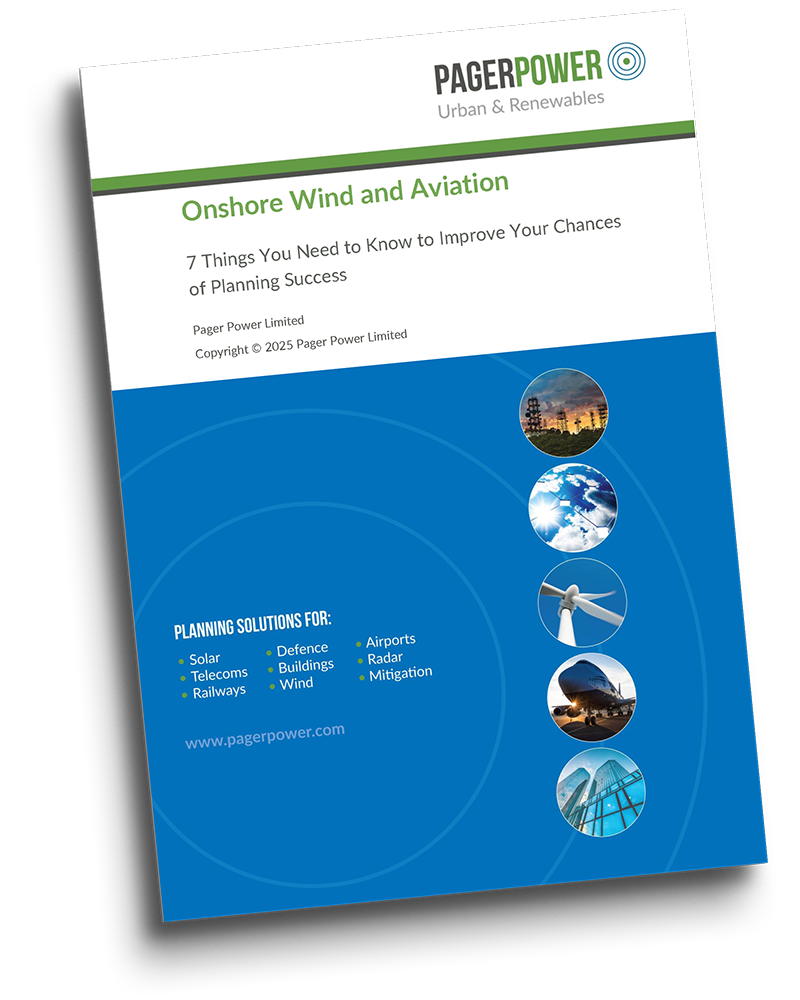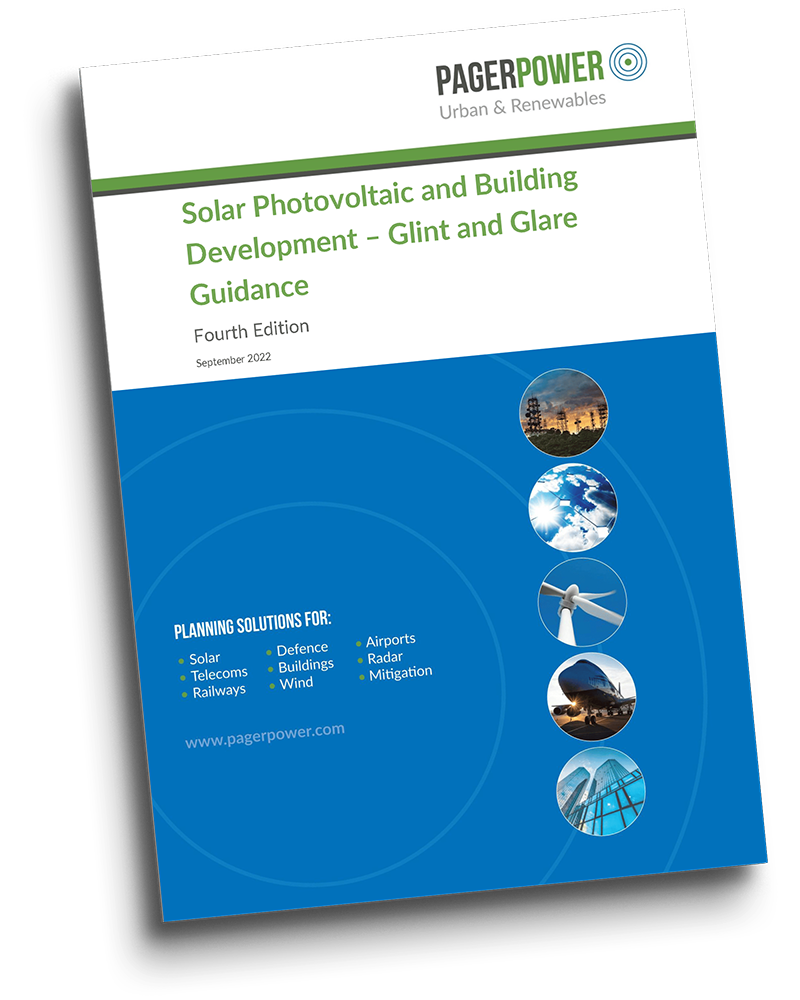Keep up to date with our news
- Aviation
- Building TV Interference
- Climate Change
- Company News
- Consultancy Services
- Construction
- Daylight Sunlight
- Energy Policy
- Glint and Glare
- Offshore Wind
- Onshore Wind
- Pager Power South Africa
- Radar
- Renewables
- Solar
- Solar Energy Aviation
Jeddah Tower: The World’s First 1,000m Tall Building
After a seven-year pause in construction, the Jeddah Tower located [...]
Defining Glint and Glare
The two terms ‘glint’ and ‘glare’ refer to the unwanted [...]
US Climate Court Battles 2026
As the climate crisis continues to wreak havoc across the [...]
Teaching Computers to Love the Planet
There is not a lot known about Artificial Intelligence, nor [...]
Solar Power in Weird & Wonderful Places
When most people think of solar power, they imagine large [...]
CNS Safeguarding Series: ICAO Eur Doc 015 Building Restricted Areas
The European Guidance Material on Managing Building Restricted Areas [1], [...]
Glint and Glare Guidance – Overview and Detail of Changes
The following article provides a brief overview of what [...]
Glint and Glare Guidance (Fourth Edition) – Download Now!
Overview The original aim of the glint and glare [...]
The Future of Non-Automatic Initiation Zones (NAIZ) and MoD Air Defence Radar
One of the technical mitigation options that is used for [...]
How UK House Designs are Evolving in Response to a Hotter Climate
The number of UK homes overheating in summer has drastically [...]
The United Nations Renews Calls for Climate Investments
Global heating targets In 2015, an international treaty was negotiated [...]
How to Mitigate Daylight Sunlight Impacts
Daylight sunlight and overshadowing assessments are commonly requested by local [...]
Rewriting the Queue: The Grid Reform Set to Speed Up UK Energy Transition
In April 2025, the UK’s National Energy System Operator (NESO) [...]
Extraterrestrial Wind Farms
The idea of harvesting wind on other planets can sound [...]
Adam Hardie Joins Pager Power
In October, Pager Power was delighted to welcome Adam Hardie [...]
Solar PV and Radar Interference
Pager Power has extensive experience modelling the impact of wind [...]
Receive Our Onshore Wind and Aviation Guide Today
Receive Pager Power’s Onshore Wind and Aviation Guide today [...]
Electric Vehicle (EV) Users at Risk of Potential Mileage Tax in the Next Budget
This article was published before the announcement of the UK's [...]
Is Solar Geoengineering Saving the Planet or Destroying it Faster?
Technology has been advancing for centuries, with old problems having [...]
CNS Safeguarding Series: ICAO Eur Doc 015 vs CAP 670
Interference to Communications, Navigation, and Surveillance (CNS) equipment is a [...]
Cool Painting
Painting your house can help save the environment. A new [...]
Could Solar Farms Become Buzzing Biodiversity Hotspots?
A new study, published in Global Change Biology, looks at [...]
Fireworks and Flight Paths: The Safety Concerns for Aviation Activity
The last quarter of the year celebrates Diwali, Halloween, Guy [...]
Sustainable Critical Mineral Mining: Taking the Energy Transition Back to Its Source
The race to decarbonise the planet is fuelling a new [...]

